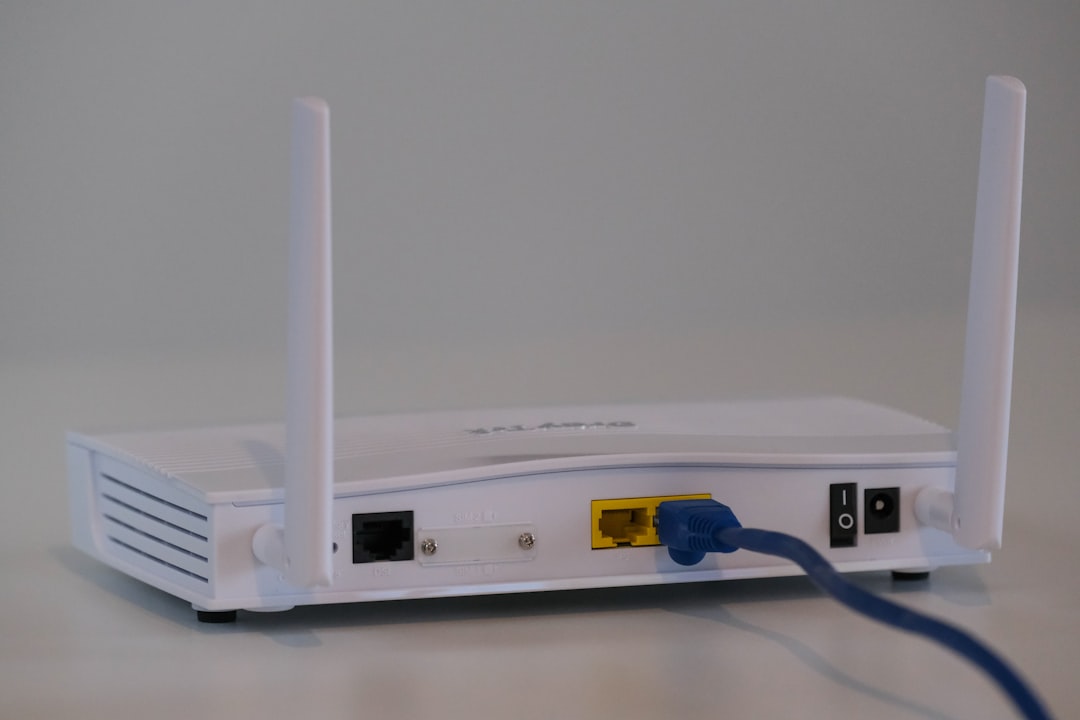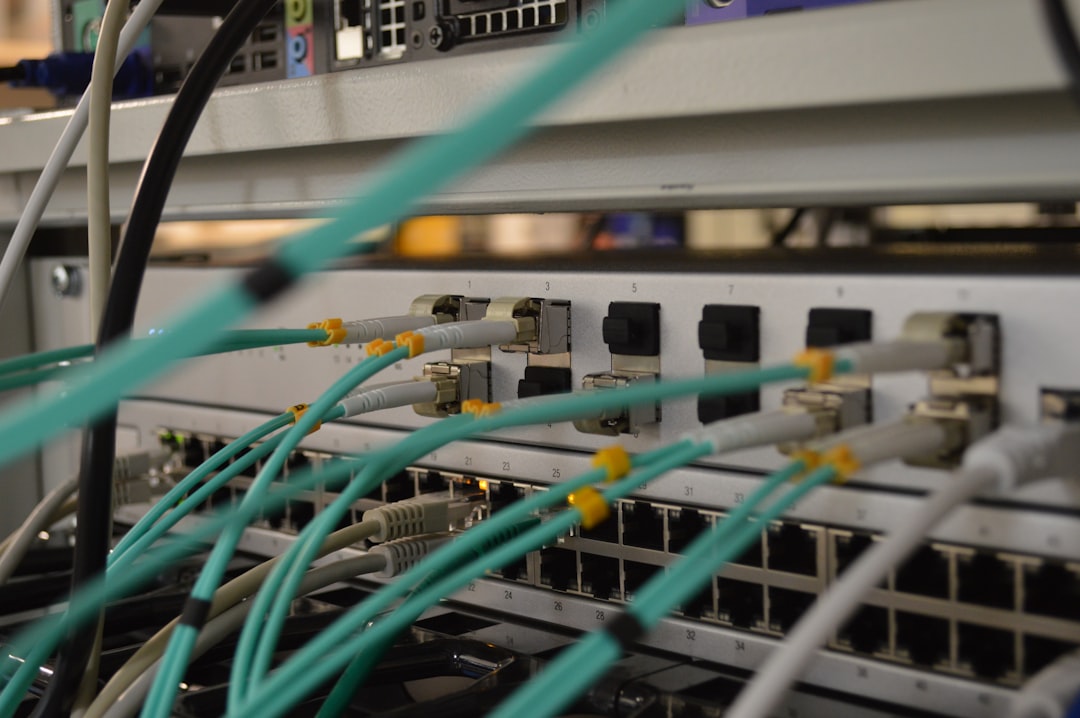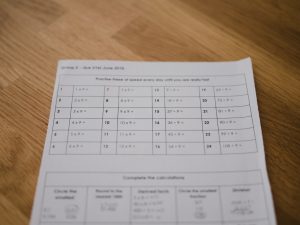
Every device on the internet needs an address. Just like your home has an address so people can send you mail, your computer needs an IP address to send and receive data.
There’s just one little problem—the internet is running out of addresses! That’s where NAT comes to the rescue.
What Is NAT?
NAT stands for Network Address Translation. It’s a clever method that helps many devices share one public IP address. Think of it like a receptionist for a large office. Everyone inside has an extension, but to the outside world, there’s only one phone number.
NAT is used in home networks, office networks, and even by internet service providers.

Why Do We Need NAT?
The internet uses two versions of IP addresses: IPv4 and IPv6. IPv4 has about 4 billion addresses. Sounds like a lot, right? But with smartphones, tablets, smart TVs, and even smart toasters, we’ve used up most of them!
NAT allows us to use private IP addresses within our local network and only use one public IP address to access the internet. That saves tons of space!
How Does NAT Work?
Let’s look at a simple example:
- Your laptop (with a private IP like 192.168.1.5) wants to visit a website.
- It sends the request to your router.
- The router replaces your laptop’s IP with its own public IP (like 203.0.113.2).
- It keeps track of which device made the request.
- When the reply comes back, the router knows to forward it back to your laptop.
It’s like sending a letter from a company. The return address is the company’s. But inside, the delivery team knows who exactly sent it.
Types of NAT
There are a few types of NAT. Each works a bit differently:
- Static NAT: Maps one private IP to one public IP. It’s permanent. Mostly used when hosting something like a web server.
- Dynamic NAT: Maps private IPs to a pool of public IPs. It picks one when needed.
- Port Address Translation (PAT) — Also called NAT Overload: This is what your home router uses. Many devices share one public IP, and the router separates them using port numbers.
Think of Ports Like Apartment Numbers
Imagine you live in a giant apartment complex with a single street address. The mailman delivers to 123 Main Street, but the apartment number tells him where to drop the letter.
That’s what PAT does. Your router assigns a different port number to each connection. That way, it knows what reply goes where.

Why Would You Use NAT?
There are many helpful reasons to use NAT:
- Saves IP addresses: One public IP for many private ones.
- Improves security: Devices inside your network aren’t directly exposed to the internet.
- Easy to set up local networks: Use simple private address ranges (like 192.168.x.x or 10.x.x.x).
But NAT Isn’t Perfect
While it solves many problems, NAT isn’t magic. There are downsides:
- Not ideal for hosting servers: If people need to reach your computer from the internet, NAT can get in the way.
- Can break some apps: Older or complex applications may not work well with NAT. Voice-over-IP apps used to struggle with this.
- Adds complexity: Your router has to keep track of many NAT translations.
What Happens Without NAT?
If you connected your entire home network directly to the internet with public IPs, you’d be easy to find—and easy to attack. NAT adds a kind of privacy shield. It doesn’t replace a firewall, but it sure helps!
What Are Private IP Ranges?
There are special ranges of IP addresses reserved for private use. They’re never used on the public internet. They include:
- 10.0.0.0 to 10.255.255.255
- 172.16.0.0 to 172.31.255.255
- 192.168.0.0 to 192.168.255.255
Your router hands these out to your devices using something called DHCP (Dynamic Host Configuration Protocol).
NAT vs. IPv6
Shouldn’t IPv6 solve all of this? In theory, yes! IPv6 offers a mind-boggling number of addresses. Enough for every grain of sand on Earth to have its own, unique IP.
But IPv6 hasn’t taken over fully yet. Many networks still run on IPv4, so NAT is here to stay—for now.
Fun Fact: NAT and Online Gaming
Ever had trouble joining a friend’s online game? NAT might be the reason. Game consoles use something called “NAT Type” to describe your level of connectivity:
- Type 1 (Open): Directly connected to the internet. Rare and risky.
- Type 2 (Moderate): Behind NAT but working well. Most common.
- Type 3 (Strict): Too many restrictions. You’ll have trouble hosting or joining games.
Can You Control NAT Settings?
Yes! Your router has a settings page where you can tweak NAT behavior. You can use:
- Port Forwarding: Let certain traffic into your network (like a game server).
- DMZ (Demilitarized Zone): Sends all traffic to one device. It’s risky but useful for testing.
- UPnP (Universal Plug and Play): Apps can ask the router to open ports automatically.
Recap: NAT In a Nutshell
Let’s boil it all down:
- NAT lets many devices share one public IP.
- It hides internal IPs from the internet.
- It helps save valuable address space.
- It can make hosting or peer-to-peer connections tricky.

So next time you’re browsing the web, gaming online, or streaming a movie, thank your little router and its NAT magic. It’s the silent translator that keeps your digital world connected and secure!
Now you know what NAT is—and why it’s awesome.






